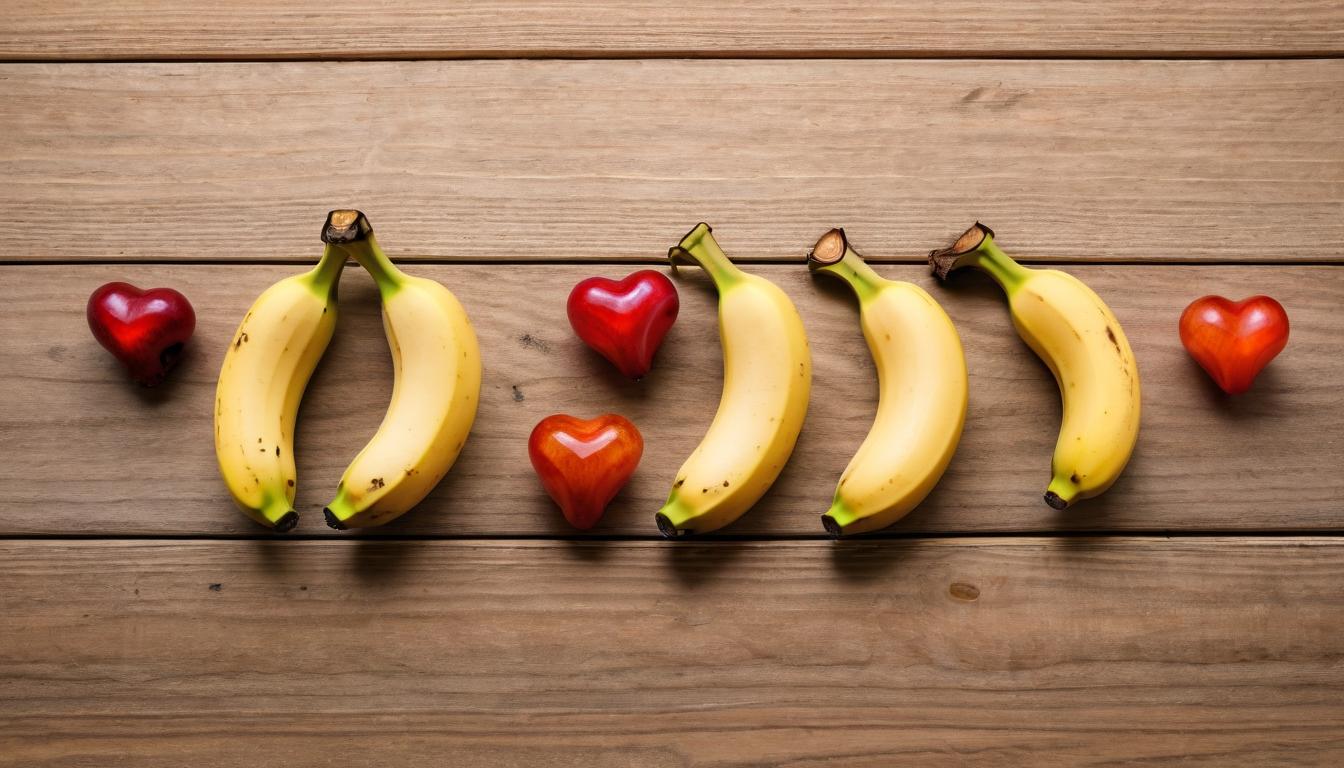If you think you know the world around you, think again. The most ordinary items in your home, the foods you eat daily, and the animals you pass without a second glance are hiding extraordinary stories that would make even the most jaded investigator raise an eyebrow. These aren't just trivial bits of information—they're windows into the strange, wonderful, and often hilarious reality we inhabit.
Consider the humble banana. You've eaten thousands of them, probably without realizing they're technically berries, while strawberries aren't. The botanical classification system operates on rules that would confuse most logicians, placing tomatoes, eggplants, and kiwis in the berry family while excluding what we commonly call berries. This isn't just academic pedantry—it reveals how human categorization often conflicts with biological reality. The average supermarket produce section becomes a theater of misidentification, with watermelons and pumpkins masquerading as vegetables when they're actually fruits. The next time you make a fruit salad, you're participating in a grand tradition of culinary rebellion against botanical accuracy.
Then there's the silent world happening right under our noses—or more accurately, right on our bodies. The average human has more bacterial cells than human cells, making us walking ecosystems rather than discrete individuals. These microscopic inhabitants aren't just along for the ride—they influence everything from our digestion to our moods. Your gut bacteria produce neurotransmitters identical to those in your brain, meaning your intestinal flora might be subtly shaping your thoughts and emotions. The phrase "gut feeling" takes on a whole new meaning when you realize there's literal truth behind it.
Animals are even more deceptive in their ordinary appearances. The common earthworm might seem like simple garden-variety fauna, but these creatures possess five pairs of hearts and can regenerate lost segments in ways that would make science fiction writers jealous. Meanwhile, the octopus—a creature that looks like it arrived from another planet—has three hearts, blue blood, and neurons distributed throughout its arms, meaning each tentacle has something resembling its own brain. Watching an octopus solve puzzles isn't just entertainment; it's witnessing distributed intelligence in action.
Our built environment hides equally surprising stories. The little plastic tips on your shoelaces are called aglets, and their invention revolutionized footwear. Before aglets, laces frayed constantly, making simple tasks like tying shoes an exercise in frustration. This small innovation changed how people interacted with their clothing, demonstrating how minor technological advances can have outsized impacts on daily life. Similarly, the indentations on the sides of pennies aren't just decorative—they're called reeding, originally designed to prevent people from shaving precious metal from coin edges when coins were made of valuable materials like silver.
Even our language conceals historical oddities. The word "nightmare" has nothing to do with horses, despite the "mare" ending. It derives from the Old English "mare," meaning a demon or goblin that sat on people's chests while they slept. The sensation of being paralyzed during sleep—a common phenomenon called sleep paralysis—likely inspired this folk belief across multiple cultures. Meanwhile, the phrase "raining cats and dogs" might originate from 17th-century England, when heavy rains would wash dead animals through the streets, creating the appearance of animals falling from the sky.
Food history reveals how accidents and misunderstandings shaped global cuisine. The popular story that potatoes were once feared as poisonous in Europe contains truth—people initially ate the leaves and berries, which are toxic, rather than the tubers we consume today. Similarly, tomatoes were once called "love apples" and believed to be aphrodisiacs, leading to both fascination and moral panic. The journey of these now-common foods from suspicion to staple reveals how cultural perceptions can override biological reality.
Nature's engineering often surpasses human innovation. The geometry of honeycomb cells isn't just aesthetically pleasing—it represents the most efficient way to divide a surface into regions of equal area with the least perimeter. Bees solve complex mathematical problems instinctively that would challenge human engineers. Meanwhile, the iridescent colors on butterfly wings and peacock feathers don't come from pigments but from microscopic structures that manipulate light through interference patterns—a natural form of nanotechnology that humans are only beginning to understand and replicate.
The human body contains its own catalog of marvels. Your fingerprints aren't just for identification—the ridges improve grip by creating friction and channeling water away from fingertips. Your nose can distinguish between at least one trillion different scents, far more than previously believed, making your sense of smell more powerful than most animals'. Even your seemingly useless appendix, long dismissed as an evolutionary leftover, appears to serve as a safe house for beneficial gut bacteria, ready to repopulate the intestines after illness.
History hides surprising connections in plain sight. The Great Emu War of 1932 saw the Australian military defeated by flightless birds when machine guns proved ineffective against emu tactics. The QWERTY keyboard layout wasn't designed to slow typists down—that's a persistent myth—but to prevent mechanical typewriter keys from jamming by separating commonly used letter pairs. And the iconic Leaning Tower of Pisa wasn't designed to lean; the foundation settled unevenly during construction, creating an architectural accident that became more famous than if it had been built correctly.
These facts aren't just conversation starters—they're reminders that reality is stranger, more complex, and more interesting than we typically assume. The world is full of hidden connections, unexpected histories, and biological wonders that transform the mundane into the extraordinary. The next time you peel a banana, tie your shoes, or look at a butterfly, remember that you're interacting with layers of history, biology, and innovation that make everyday life a continuous discovery.
The hidden lives of everyday objects and the secrets they hold

